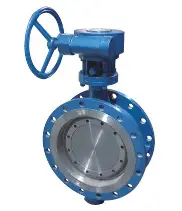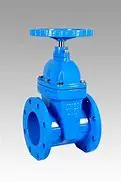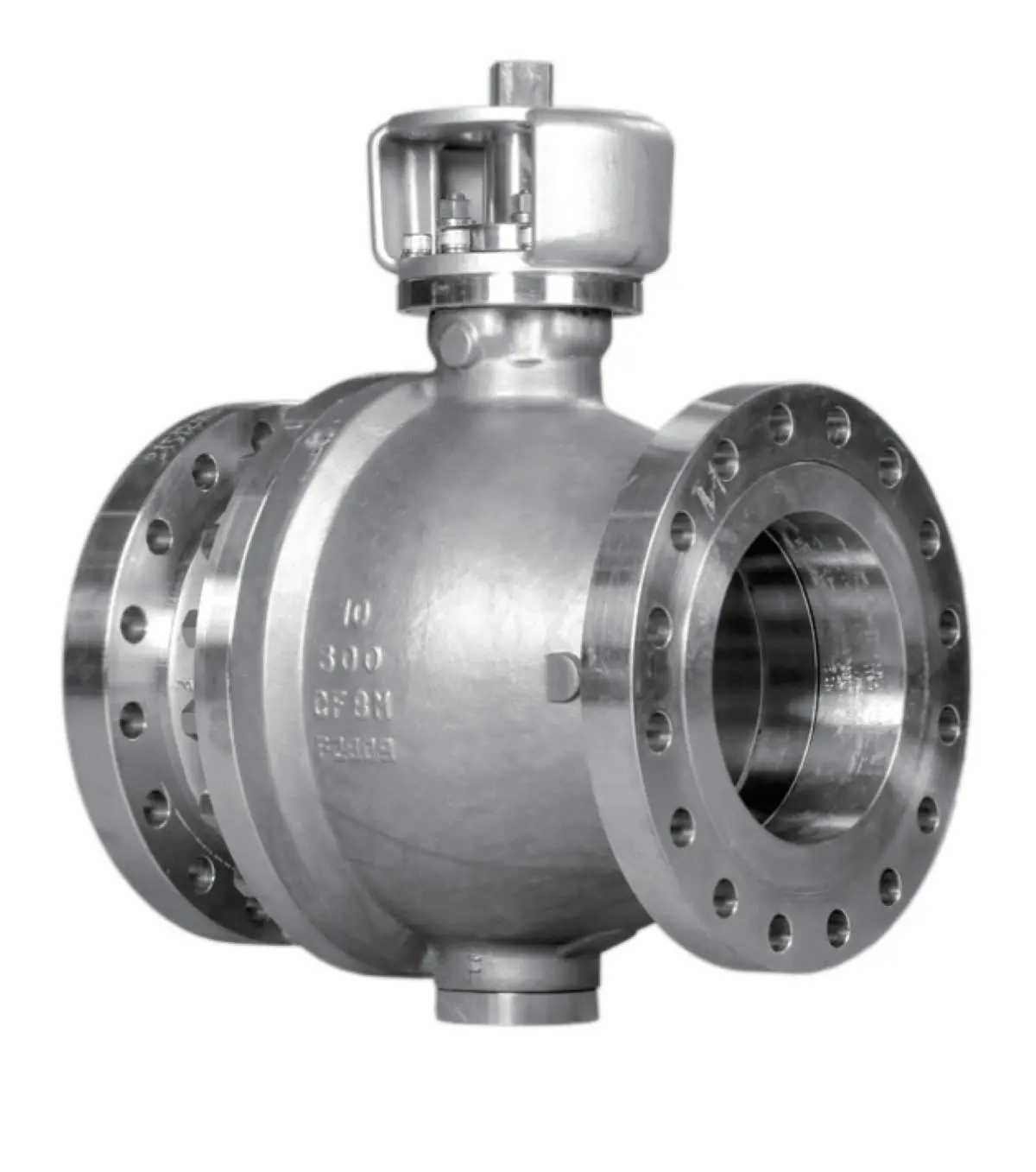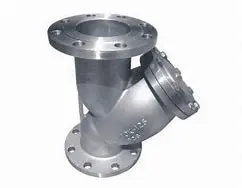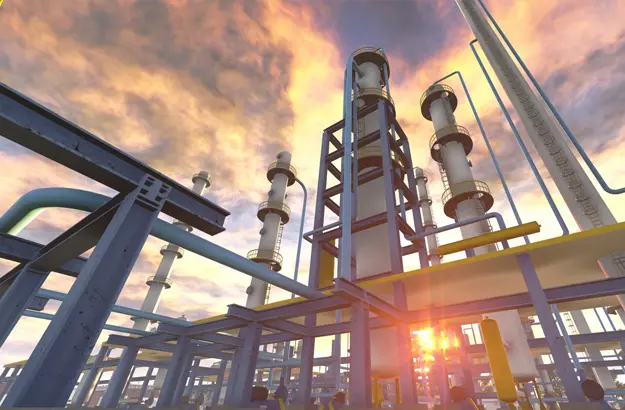How International Factors Reshape the Valve Export Industry
The valve industry, a critical component of global infrastructure, is highly sensitive to international trade dynamics. Recent geopolitical shifts, economic fluctuations, and regulatory changes have significantly impacted valve manufacturers and exporters. This article examines key global trends influencing the valve trade and how businesses can adapt to remain competitive.
1. Geopolitical Tensions & Supply Chain Disruptions
1). Trade Wars & Tariffs
- The U.S.-China trade conflict has led to fluctuating tariffs on industrial goods, including valves. Many manufacturers have relocated production to Southeast Asia (Vietnam, India, Malaysia) to avoid high duties.
- The Russia-Ukraine war disrupted European energy markets, increasing demand for valves in LNG (liquefied natural gas) infrastructure as Europe shifts away from Russian gas.
2). Supply Chain Resilience
- Post-pandemic, companies are diversifying suppliers to reduce dependence on single markets (e.g., China). Nearshoring and regional manufacturing hubs are growing in Mexico, Eastern Europe, and Southeast Asia.
- Longer lead times and higher shipping costs persist due to Red Sea shipping disruptions (Houthi attacks) and Panama Canal drought restrictions.

2. Economic Slowdown & Shifting Demand
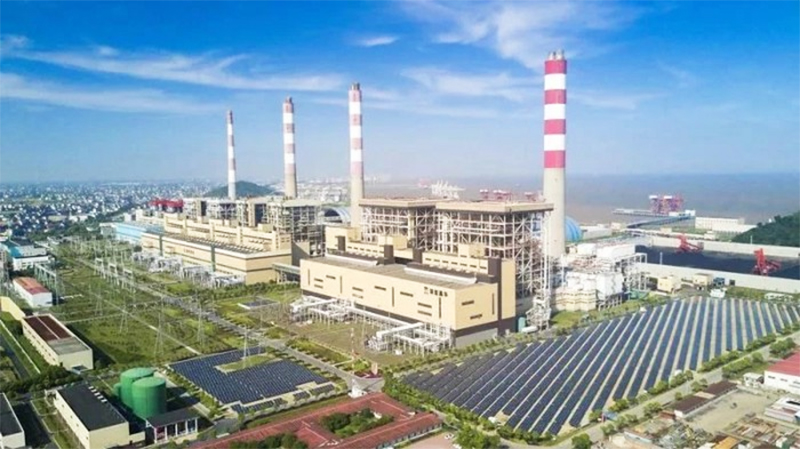
1). Recessionary Pressures in Key Markets
- Europe’s stagnant industrial growth has reduced valve demand in traditional sectors like chemicals and oil refining.
- China’s economic slowdown has impacted domestic valve consumption, forcing Chinese exporters to aggressively compete in Africa, the Middle East, and Latin America.
2). Growth in Emerging Markets
- Middle East & Africa: Oil & gas investments (Saudi Arabia, UAE, Nigeria) and water desalination projects drive valve demand.
- India & Southeast Asia: Rapid industrialization and infrastructure expansion (e.g., India’s “Make in India” policy) boost valve imports.
- Latin America: Brazil and Mexico see growth in energy (oil, renewables) and water treatment sectors.
3. Regulatory & Environmental Compliance Challenges
1). Stricter Emissions Standards
- The EU’s Industrial Emissions Directive (IED) and the U.S. EPA’s fugitive emissions regulations push valve manufacturers to develop low-leakage, eco-friendly designs.
- Green hydrogen and CCUS (Carbon Capture, Utilization & Storage) projects require specialized valves, opening new export opportunities.
2). Sanctions & Export Controls
- Western sanctions on Russia and Iran restrict valve exports to these markets, forcing companies to seek alternative buyers.
- The U.S. CHIPS Act and EU’s Carbon Border Adjustment Mechanism (CBAM) impact raw material costs (e.g., steel, special alloys), affecting valve pricing.
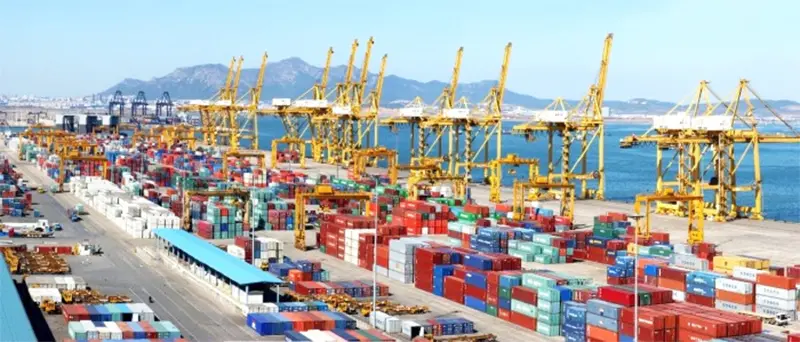
4. Technological Advancements & Competitive Strategies
1). Smart Valves & Digital Trade
- IoT-enabled valves with remote monitoring capabilities are in high demand, especially in oil & gas and water management.
- E-commerce platforms (Alibaba, TradeKey) and digital marketing are becoming crucial for reaching global buyers.
2). Localization & Joint Ventures
- To bypass trade barriers, many valve exporters establish local production (e.g., U.S. firms in Mexico, European firms in Eastern Europe).
- Partnerships with regional distributors help navigate complex customs and certification requirements.
Conclusion: Adapting to a Volatile Global Market
The valve export industry faces both challenges and opportunities due to geopolitical instability, economic shifts, and regulatory changes. Key strategies for success include:
✅ Diversifying supply chains to mitigate geopolitical risks.
✅ Targeting high-growth emerging markets (Middle East, India, Southeast Asia).
✅ Investing in smart, sustainable valve technologies to meet strict environmental standards.
✅ Leveraging digital platforms for global sales and customer engagement.
Companies that stay agile and adapt to these international dynamics will thrive in the evolving valve trade landscape.





